Vultures

(May 2016) Vultures do not normally attack livestock for their food supply, however reports have been received of livestock losses due to vultures attacking live animals. This can be ascribed to the following;
- due to better agricultural practises less ‘natural’ mortalities occur in agriculture resulting in less food available for vultures to consume
- in the traditional homeland areas all livestock is kraaled every night due to predator and theft problems which also results in better animal management (indirectly)
Vultures, especially the juvenile and immature groups of birds are therefore under tremendous pressure to ‘find’ food and could be seen to be attacking stock that is still alive especially weak, sick animals or animals battling to calve, lamb or kid. It is for this reason we encourage landowners to establish restaurants to supply safe food for these birds as they play a very vital role in the ecosystem.
When putting out food for vultures one can overcome the possibility of them “attacking” your livestock as well as assisting in the survival of our vultures in Africa However, safe food is of vital importance and one must be aware that stock that have been treated with NSAID drugs, euthanized or have died after being darted are potential killers for vultures.
Should you require any assistance with any of the following;-
- how to go about operating a vulture restaurant
- what medications are harmful to vultures
- if you are unsure of what is ‘safe’ food for vultures
- or any other queries regarding vultures
Consult the following persons:
Dr Gerhard Verdoorn (Griffon Poison information Centre), Cell no: 082 446 8946, nesher@tiscali.co.za
Kerri Wolter (VULPRO), Cell no: 082 808 5113, kerri@gmail.com
Kate Webster (VULPRO E Cape), Cell no: 082 702 5942, kate@lcom.co.za
PLEASE NOTE: should you establish a restaurant please inform VULPRO with the following details; name of landowner (restaurant operator), name of the property, co ordinates of the site, contact details and any other information you deem necessary. This will be included on our data base and the restaurant newsletter will be forwarded to you.
As South Africa works to reduce its carbon emissions through renewable energy, wind power has become a central part of the strategy. The number of operational wind turbines increased from 253 in 2014 to 825 in 2017 and in 2024 there is between 1,148 and 1,722 operational turbines.
However, as South Africa embraces this green energy source, there are growing concerns about the impact of wind farms on the environment. The main concern is collision mortality of birds and bats with turbines and associated powerlines. Monitoring from 2014 to 2018 at 20 wind farms, 848 bird carcasses of 130 species were recovered. Raptors were killed most often (36% of carcasses, 23 species), but birds of all sizes were recorded. A list (including species of conservation concern) is included in the full article. Wind farm developers should ensure that the landowner understands the implications of monitoring throughout the lifespan of the wind farm.
The impact on Verreaux’s Eagles (Black Eagle / Witkruisarend) is particularly concerning because they are already listed as “regionally Vulnerable” in the Red Data Book of endangered species. Their population is estimated to be fewer than 10,000 mature individuals, and has declined by more than 10% over three generations. While one monitored wind farm saw no eagle fatalities, despite a nest located approximately 4 km from the facility, by 2021, 26 Verreaux’s Eagle deaths had been reported across five wind farms. Additionally, poorly designed power lines near wind farms have led to electrocution fatalities, with ten eagles killed in this way.
It is crucial to place wind farms away from important eagle habitats, such as nesting sites and areas with high flight activity. Cliffs, ridge tops, steep slopes, and even in relatively flat topography – features that are attractive to raptors due to updrafts – should be avoided. BirdLife SA has recommended a 3 km buffer around eagle nest sites to reduce collision risks with a turbine.
While relocating eagles to alternative habitats has been suggested, this approach is not effective and could be harmful. Evidence shows that eagles often return to their original territories, and introducing them to new areas may result in territorial disputes or failure to find adequate food sources. Additionally, disturbing or destroying eagle nests in the name of wind farm development is both illegal and counterproductive. Such actions can ultimately hinder the development of wind farms and bring legal and reputational risks to developers and landowners.
There are several ways to mitigate the impact of wind turbines on raptors, such as thoughtful site selection, turbine operation adjustments, and improved turbine visibility like painting one of the blades. A description is provided in the full article. By mitigation and monitoring we can work toward a future where both clean energy and biodiversity thrive together.
{To see references and a more detailed description, click HERE to read the full article}
Na talle berigte dat die Witkruisarend groot skade met die jag van lammers, veral in die oostelike grense van die Noordkaap, aanrig, het Noordkaap RPO by die PMSA Sekretariaat aangeklop vir inligting en beskikbare navorsing.
Dit is uiters belangrik om die regte roofdier te identifiseer vir die dood van lammers, want ’n verkeerde identifikasie kan tot verdere en groter skade lei omdat verkeerde predasiebeheermetodes toegepas word en die eintlike sondebok nie gevang word nie.
Die Predasieforum Noordkaap (PMF NK) het ’n inligtingstuk saamgestel waar tekens van ‘n arend wat ‘n lam gevreet, maar nie noodwendig gedood het nie, uitgebeeld word. Die identifikasie of ‘n lam voor of na geboorte dood is, is ook belangrik om die regte beheermaatreels in plek te sit.
Lees die volledige inligtingstuk, hier.
Lorem ipsum dolor sit amet, consectetur adipiscing elit. Ut elit tellus, luctus nec ullamcorper mattis, pulvinar dapibus leo.
Lorem ipsum dolor sit amet, consectetur adipiscing elit. Ut elit tellus, luctus nec ullamcorper mattis, pulvinar dapibus leo.
